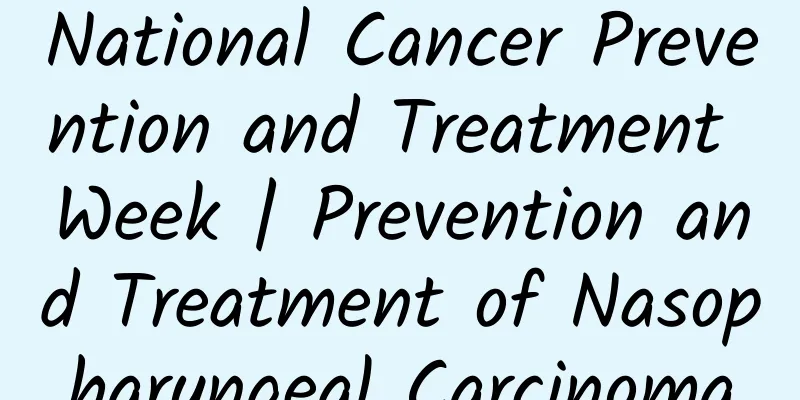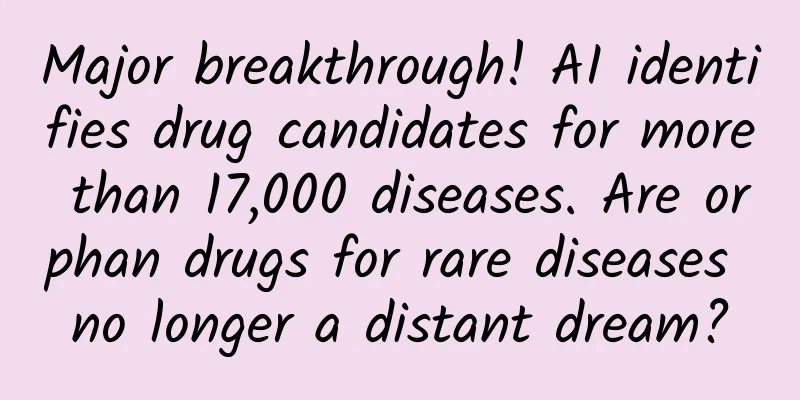National Cancer Prevention and Treatment Week | Prevention and Treatment of Nasopharyngeal Carcinoma

|
According to WHO statistics, although nasopharyngeal carcinoma occurs in many countries and regions on five continents, 80% of cases occur in China, especially in Guangdong. Clinical symptoms and pathogenic factors of nasopharyngeal carcinoma Nasopharyngeal carcinoma is a malignant tumor that occurs in the nasopharynx or upper throat and is very likely to invade important tissues such as the skull base and metastasize to the cervical lymph nodes and distant sites. Due to the particularity of the early site of occurrence and the diverse and non-specific clinical symptoms, it is difficult to detect early-stage nasopharyngeal carcinoma patients. When some symptoms appear and they go to the hospital for examination, 80% of patients have already reached the advanced stage. Several studies have confirmed that Epstein-Barr virus (EB virus) is closely related to the occurrence of nasopharyngeal carcinoma, and EB virus DNA, RNA and gene transcription products are involved in the formation of nasopharyngeal carcinoma. At the same time, the occurrence of nasopharyngeal carcinoma is related to eating habits (eating a lot of pickled fish and other pickled products), chemical substances (smoke, dust and chemicals) at work, family inheritance or exposure to the same risk factors. Figure 1 Clinical symptoms of nasopharyngeal carcinoma Diagnosis of Nasopharyngeal Carcinoma Nasopharyngeal endoscopy: Nasopharyngeal endoscopy is the main diagnostic method for nasopharyngeal carcinoma in clinical practice. Pathological biopsy performed using nasopharyngeal endoscopy is also the "gold standard" for the diagnosis of nasopharyngeal carcinoma. Imaging examination: Imaging diagnosis has unique advantages in the structure and functional metabolism of living tissues, and is a relatively non-invasive detection method. Therefore, it has been widely used in the preoperative diagnosis and postoperative evaluation of nasopharyngeal carcinoma. The main imaging diagnostic methods for nasopharyngeal carcinoma currently include CT, MRI, emission computed tomography (ECT) and image integration technology. Detection of Epstein-Barr virus antibodies and DNA in peripheral blood: Elevated antibodies to Epstein-Barr virus-related antigens, especially IgA antibodies, are often found in the serum of nasopharyngeal carcinoma patients. These antibodies are often used in the diagnosis and risk assessment of nasopharyngeal carcinoma. Epstein-Barr virus DNA has important clinical significance in the clinical staging, prognosis and efficacy evaluation of nasopharyngeal carcinoma. Histological diagnosis: The main targets of immunohistochemistry for NPC are proteins encoded by Epstein-Barr virus and tumor suppressor gene p53, which can be used for early screening and prognosis assessment. Treatment of nasopharyngeal cancer The main treatment methods for nasopharyngeal cancer at present are radiotherapy, chemotherapy, and a combination of radiotherapy and chemotherapy. Nasopharyngeal carcinoma is very sensitive to radiotherapy, and patients with early nasopharyngeal carcinoma have very good results after radiotherapy. The combined use of radiotherapy and cisplatin drugs is the current standard treatment for nasopharyngeal carcinoma, which can achieve a local control rate of more than 80% for nasopharyngeal carcinoma. In addition, surgical treatment is a local treatment of the lesion, which can achieve the purpose of accurately treating the lesion under direct vision. It is worth mentioning targeted therapy. The current treatment targets for nasopharyngeal carcinoma are mainly concentrated on epidermal growth factor receptor, vascular endothelial growth factor, mTOR, etc. The newly emerging immunotherapy methods are mainly based on T cell immunotherapy and oncolytic viruses. Prevention of nasopharyngeal cancer Maintain good living habits and reduce contact with risk factors, such as eating less or no pickled food and not smoking; avoid long-term exposure to heavily polluted environments and avoid inhaling harmful smoke and chemicals; reduce the risk of Epstein-Barr virus infection, wash hands frequently, and keep the nose and throat clean; conduct screening early, and high-risk groups, especially those in high-incidence areas and with a family history of the disease, are recommended to be screened once a year. (Author: Cao Longbin, Department of Medical Laboratory, The Seventh Affiliated Hospital of Southern Medical University) |
<<: About pathology sections, these are what you need to know →
Recommend
What are the causes and symptoms of mucinous ovarian cysts?
For patients with mucinous ovarian cysts, it is v...
What can’t you eat after having an abortion?
There are many reasons why women have to go to th...
The causes of bad breath: a comprehensive scientific analysis
The causes of bad breath: a comprehensive scienti...
Is it normal to have menstruation during 4 months of breastfeeding?
After pregnancy, amenorrhea occurs. Pregnant wome...
Can I eat garlic during confinement?
There will be a one-month confinement period afte...
What are the "black spots" on Chinese cabbage? Can you eat it?
In the cold winter, doesn’t it feel comfortable t...
Why do I have frequent urination after a cesarean section?
Many pregnant women eventually choose cesarean se...
How can the elderly prevent respiratory diseases during the peak season in winter?
In the cold winter, the sudden drop in temperatur...
What water is good for cleaning the vulva?
The female reproductive system has a natural prot...
Beware! These four symptoms may indicate femoral head necrosis. Immediate medical attention is the key
Femoral head necrosis, also known in medical term...
Is it better to have more or less menstruation?
Our bodies are our own, especially for female fri...
Mycoplasma vaginitis infection
The main symptoms of candidal vaginitis are bean ...
How many months does it take to be considered menopausal?
When people reach the age of 40, problems start t...
Will eating bird's nest help the uterus recover quickly after an abortion? What is the best food to restore the uterus?
After an abortion, girls are weak and their vital...









